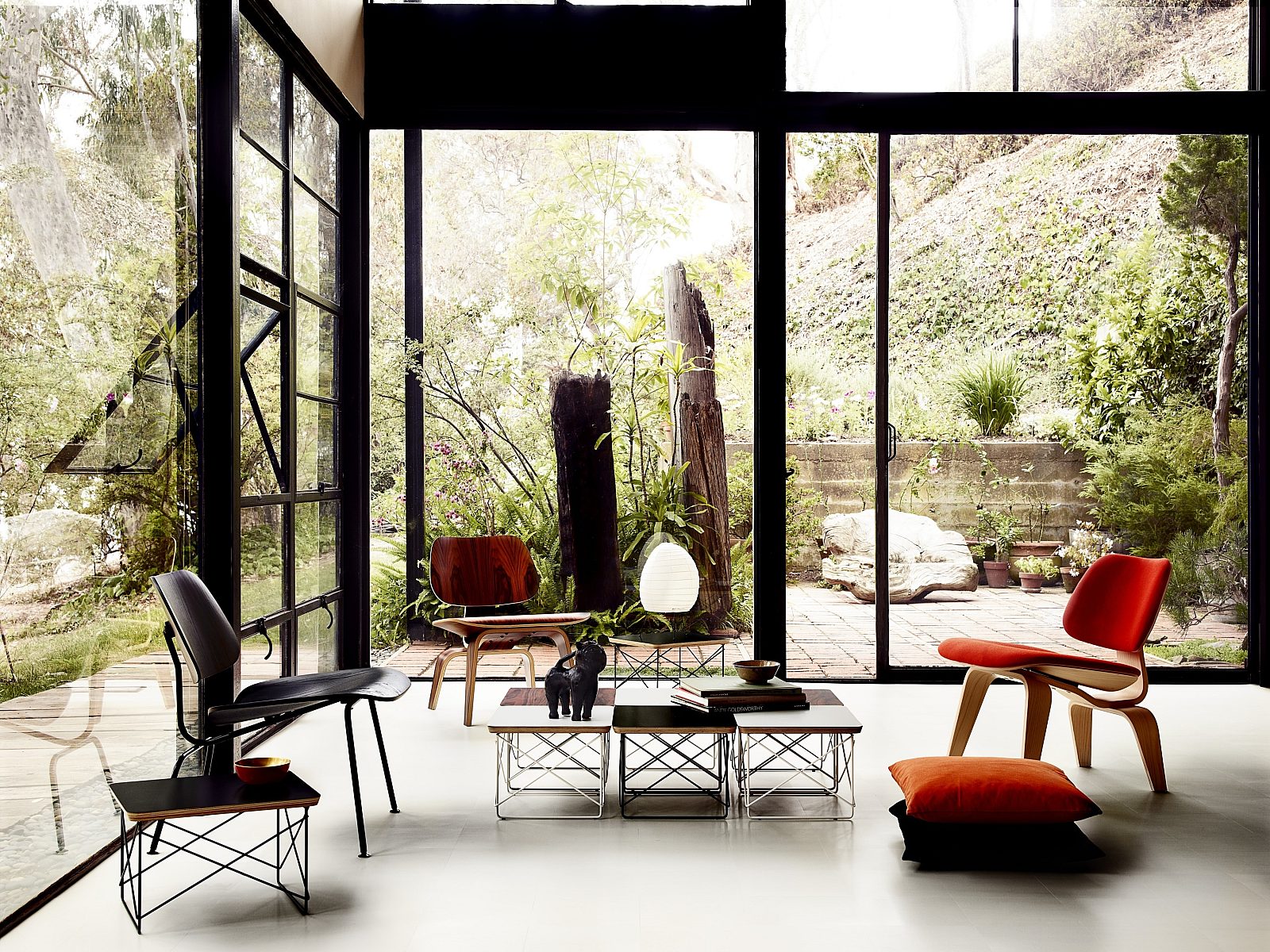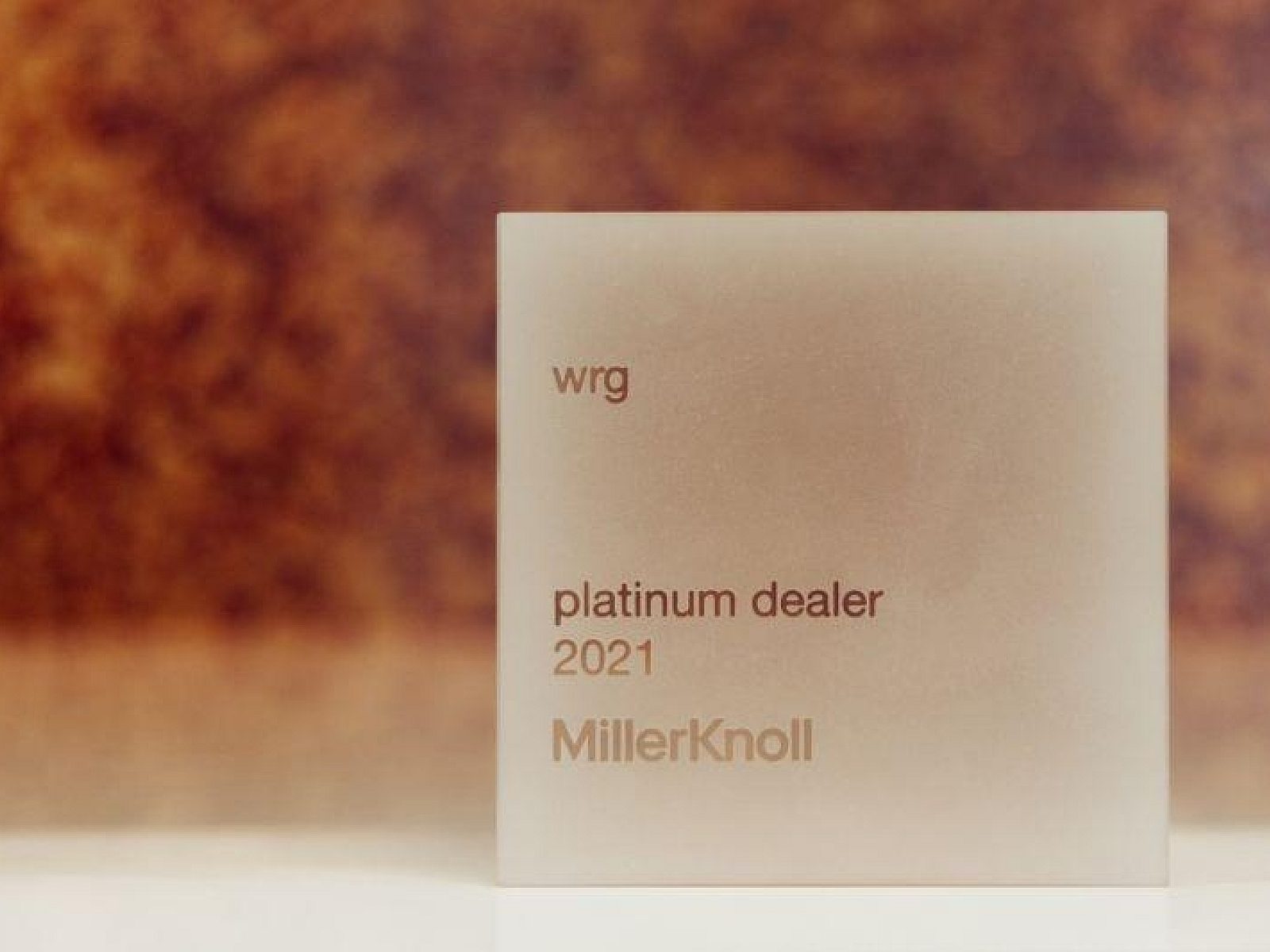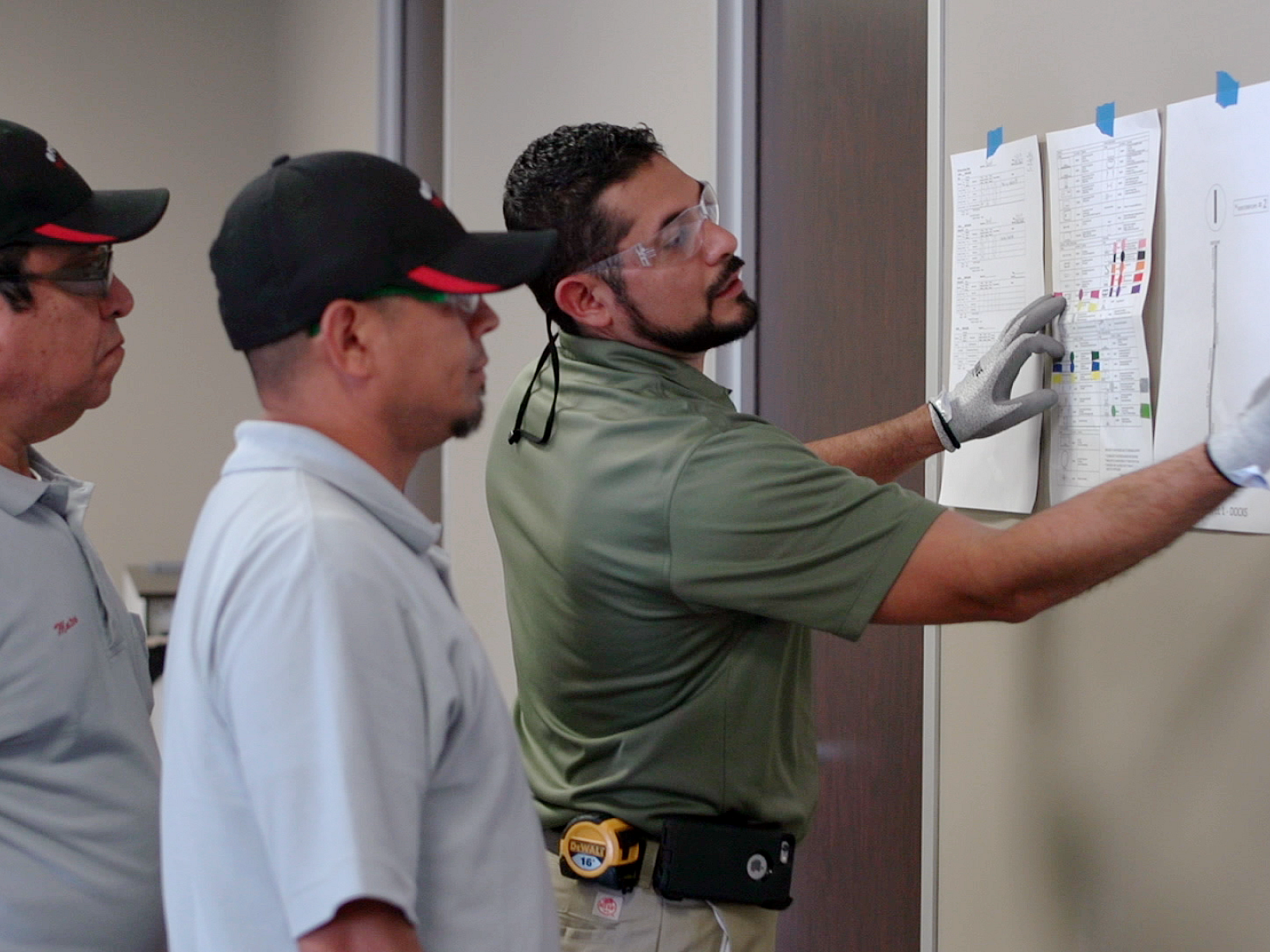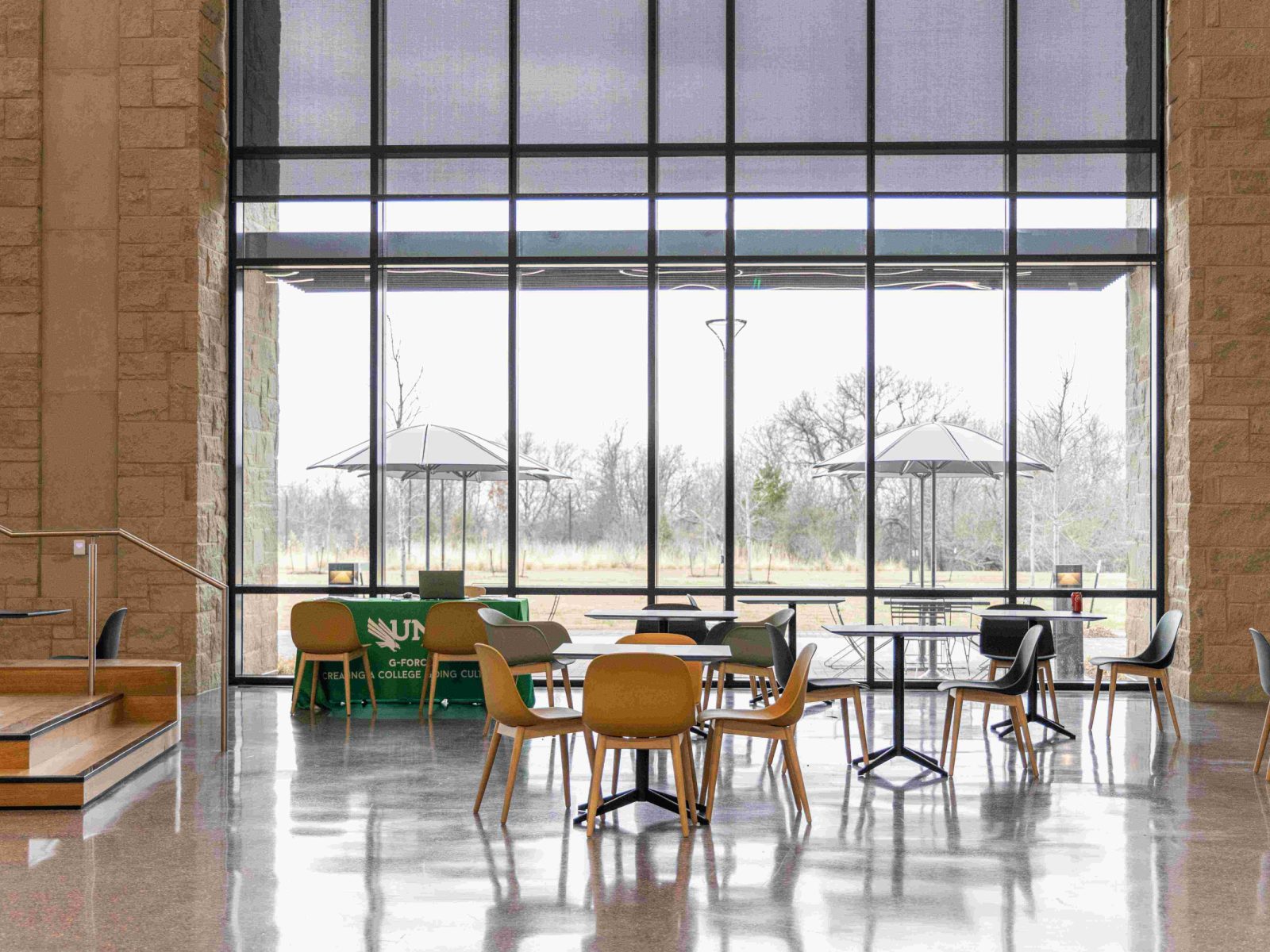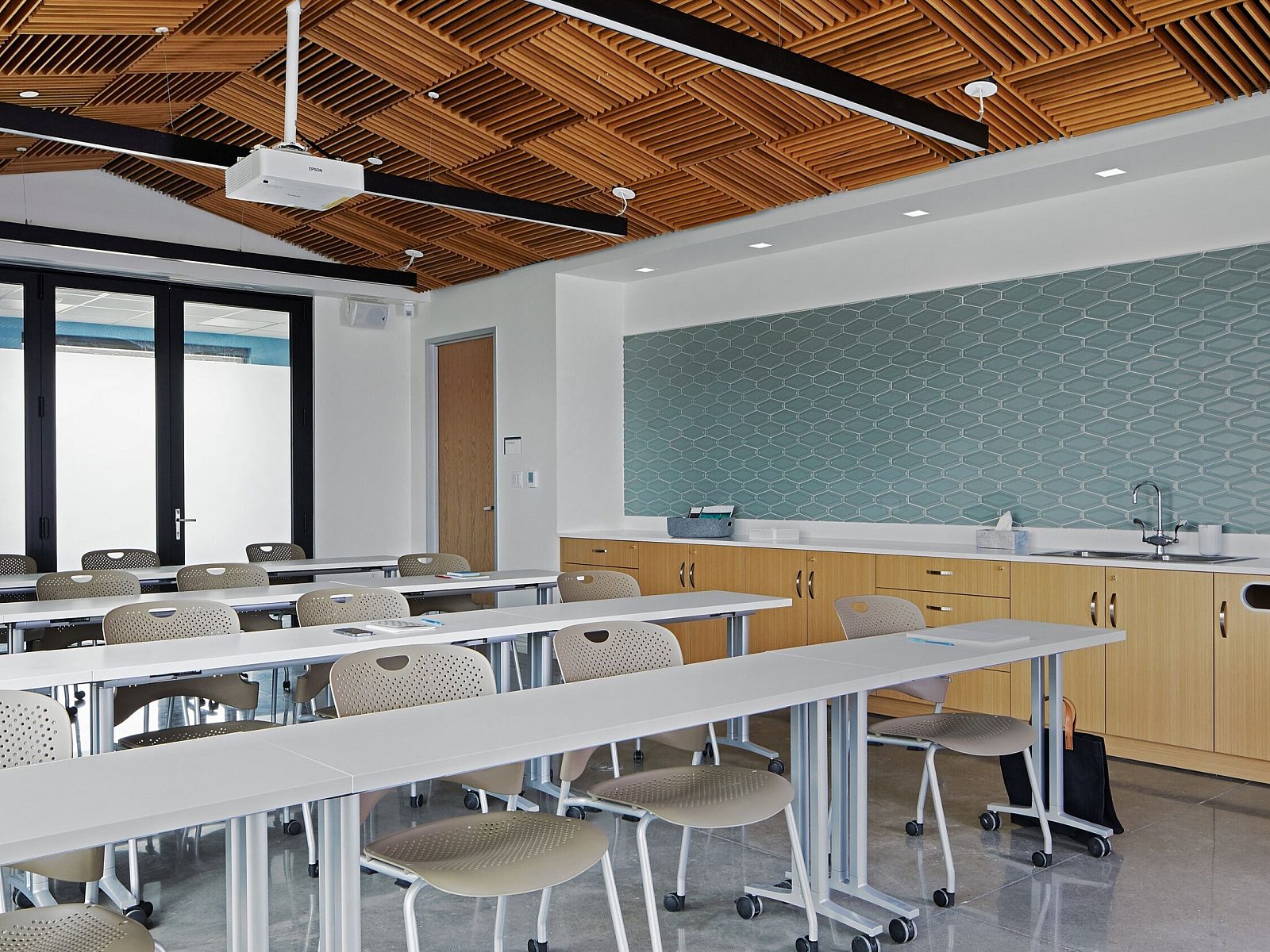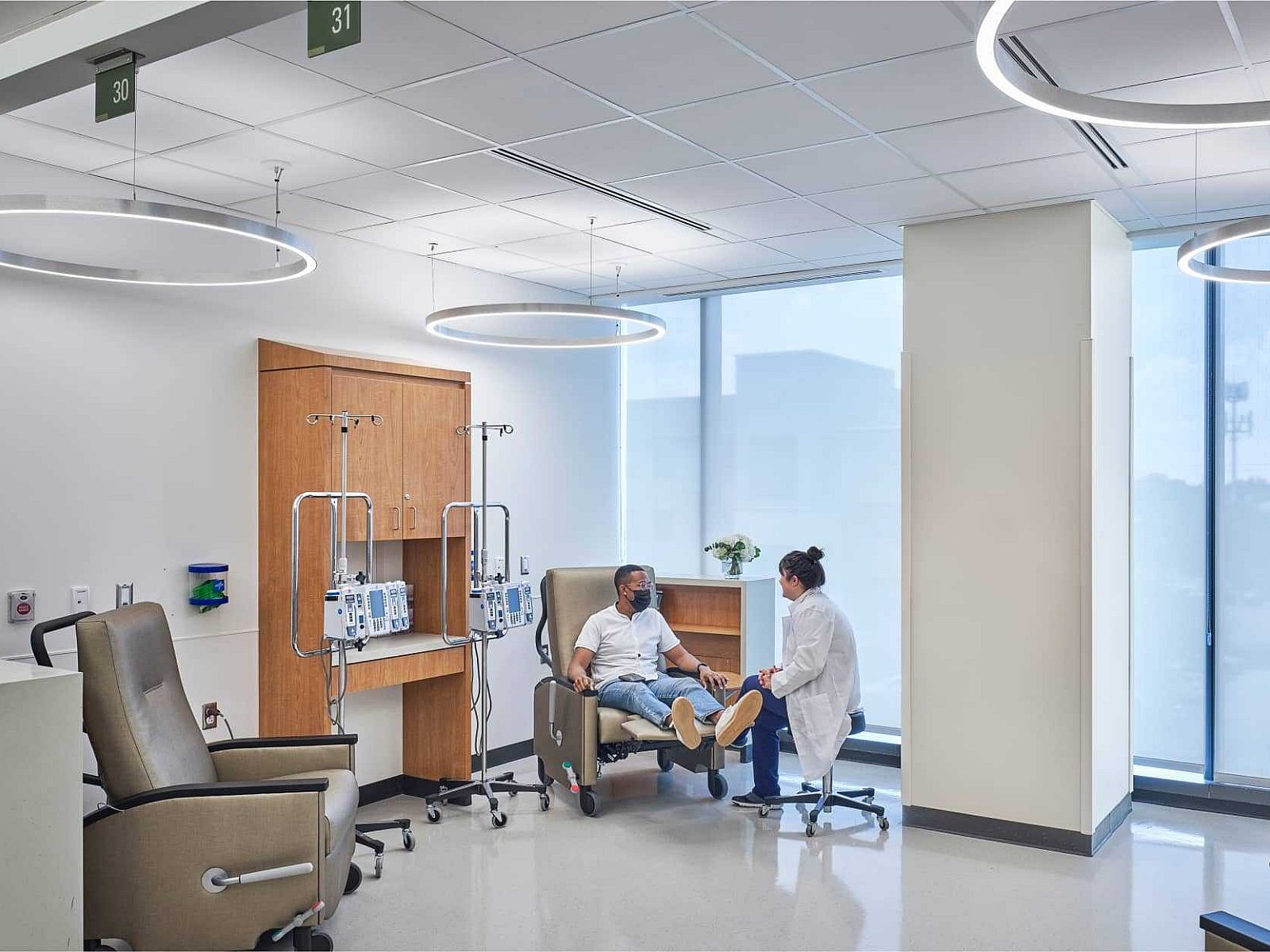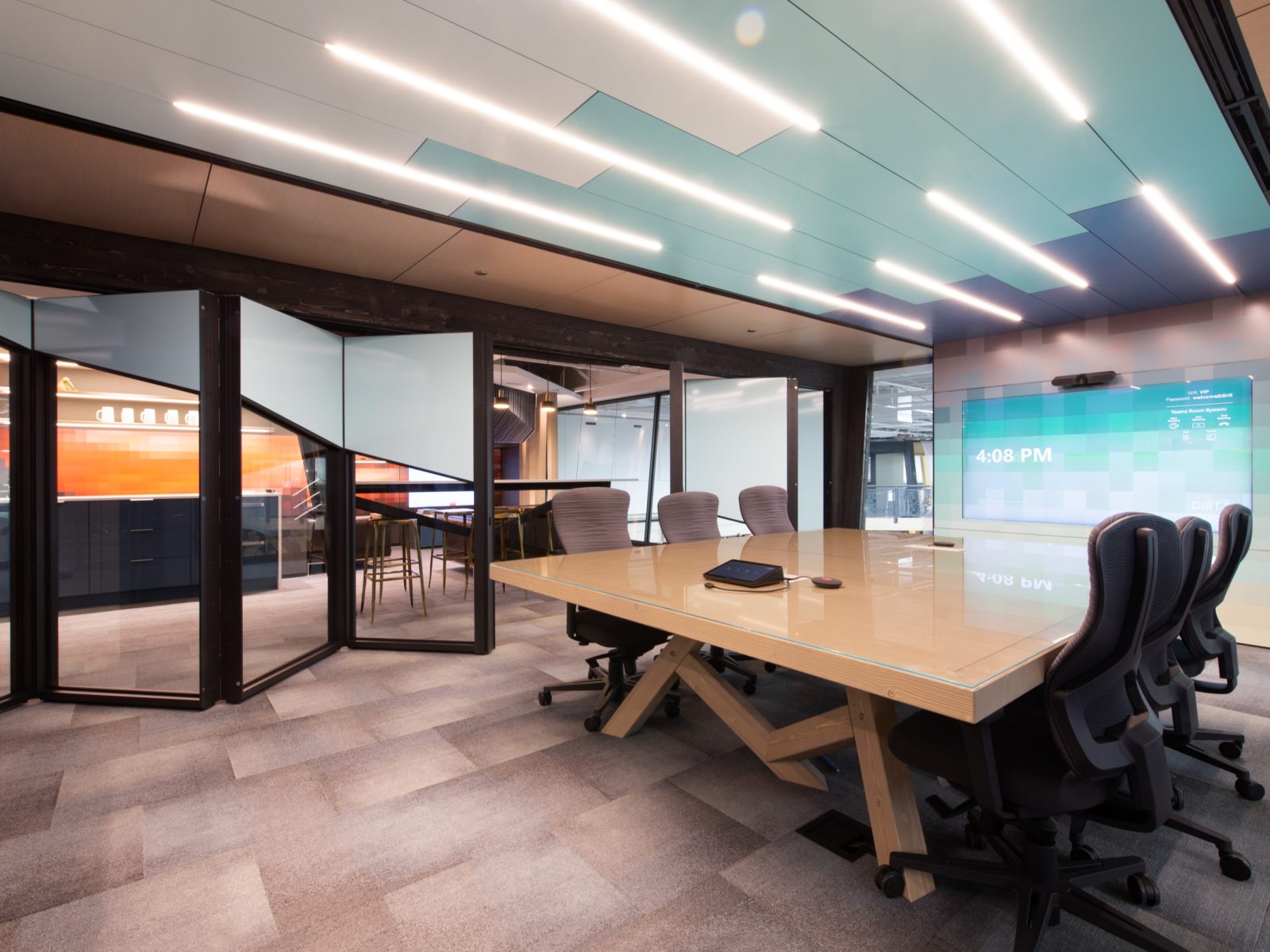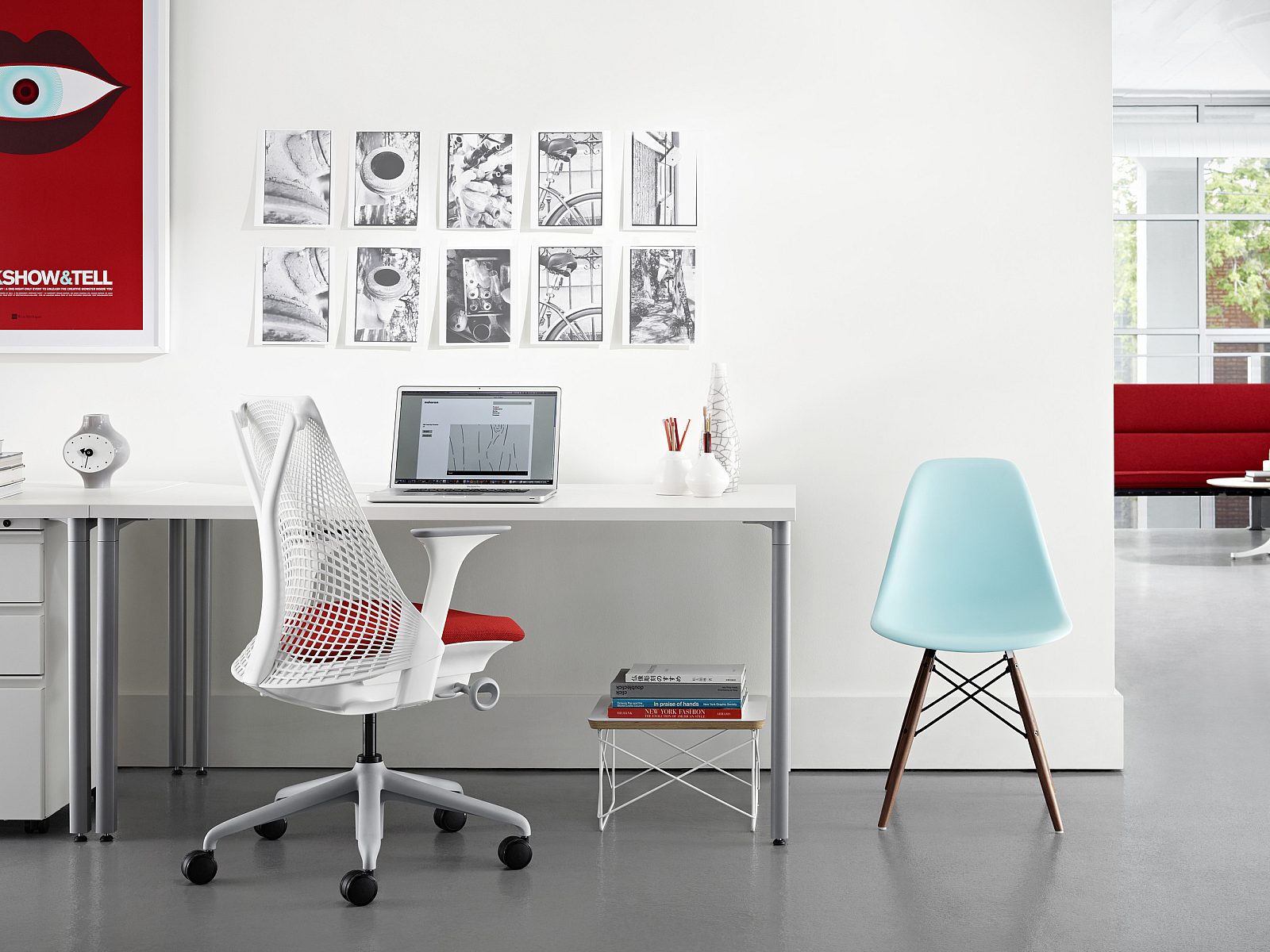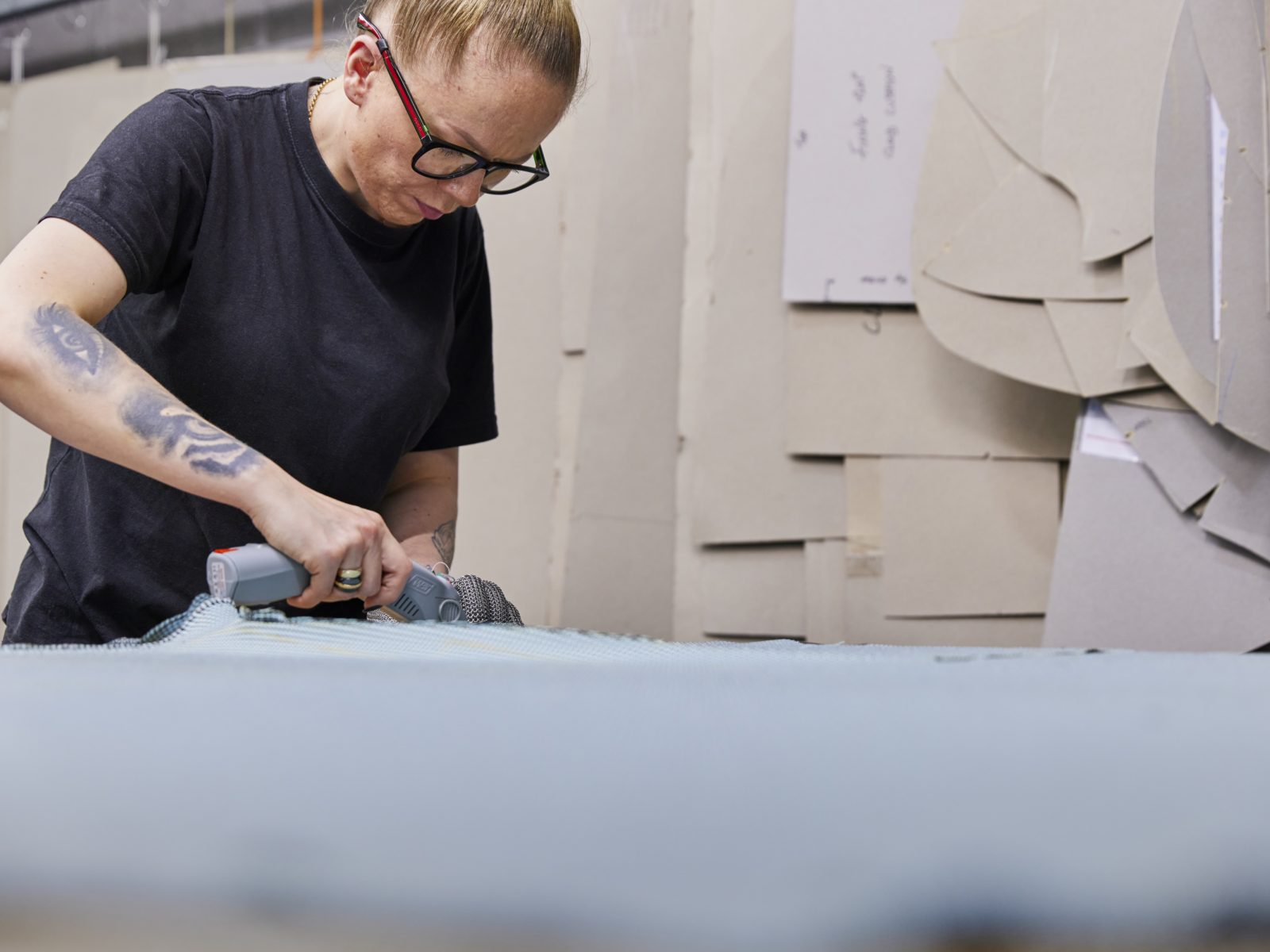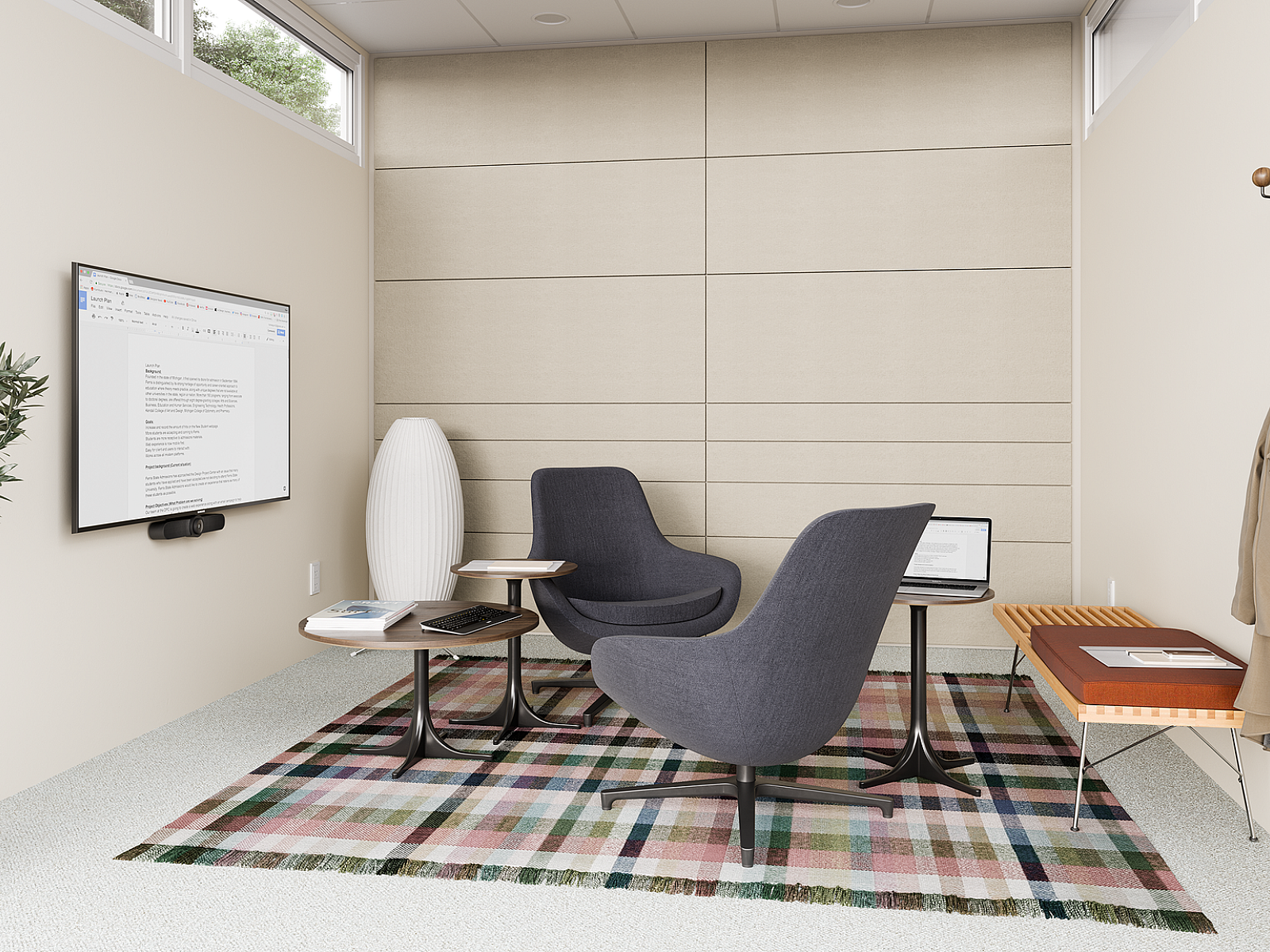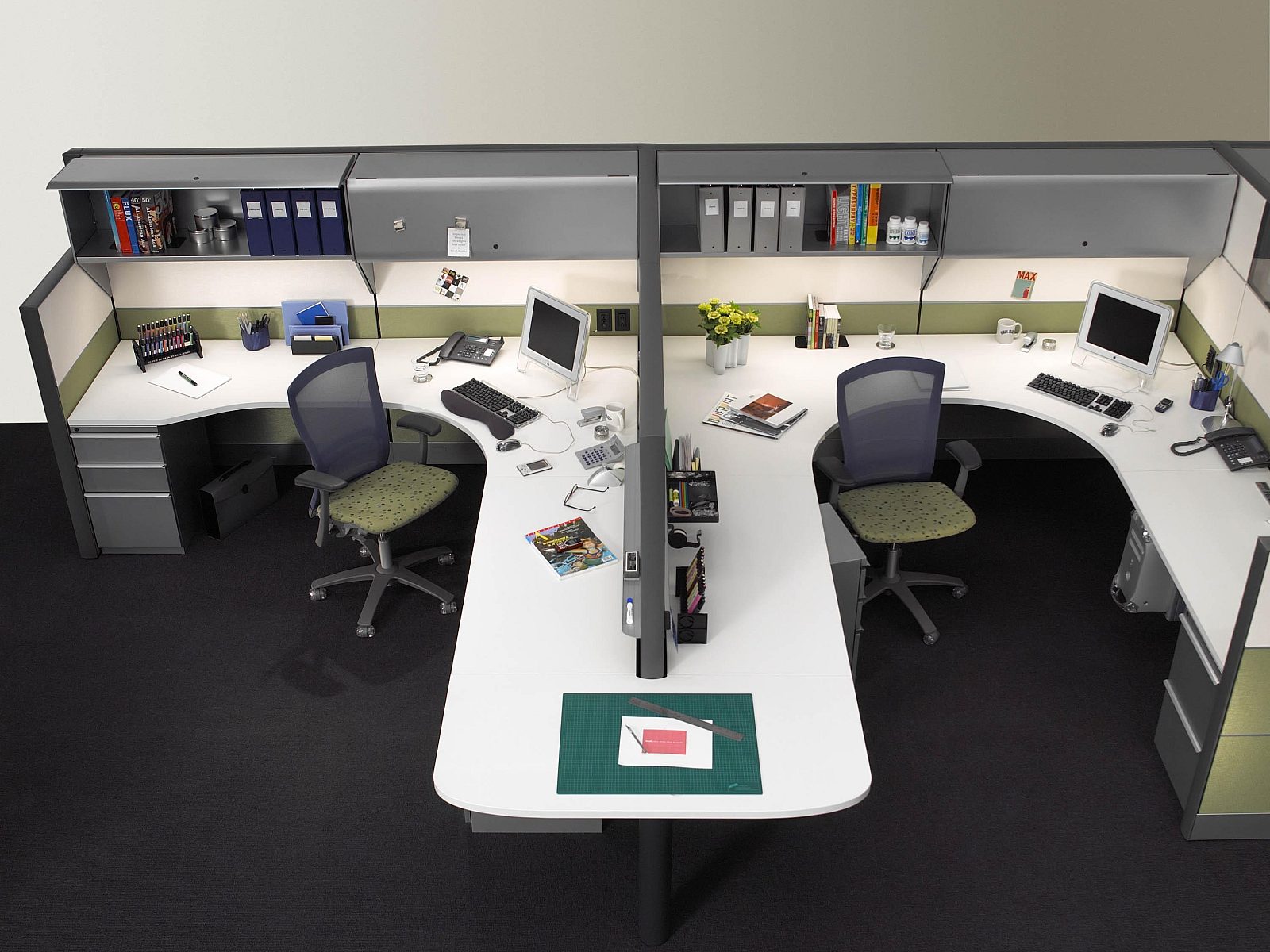Integrating the Art of Glass into the Art of Space
Q&A with David Gappa, owner and artisan of Vetro Glassblowing Studio

Over the past couple years, WRG has experienced tremendous growth in the DFW area. Due to this growth, we are opening a brand-new showroom on the South Side of Fort Worth featuring brand new furniture and pieces created by local artisans. While on the search for accessories to use in our new showroom, Lori Bauer, our CEO, stumbled upon the Vetro Glassblowing Studio and Gallery, owned by former architect, David Gappa. As it turns out, David used to work in the building that houses our new Fort Worth showroom! It's a small world and Lori felt that David has the perfect skill set and expertise to create custom pendant lights for WRG Fort Worth.

We had the opportunity to enter the Vetro Glassblowing Studio in Grapevine, follow along during the creation of our pendant lights and interview David about his history and the art of glassblowing. Read the full interview below!
1. How did your career evolve from architecture to glassblowing? “I was majoring in architecture and the last year during my graduate studies I took an elective in glass blowing for fun. Our class actually built the first glass blowing studio at UT Arlington in 1997 and I took glassblowing as a reprieve from the world of architectural drafting. It was honestly an escape for me at the time. I graduated, worked as an architect for about ten years and in that time, I had started building a small glass blowing studio on the side. Since I helped build UT Arlington’s studio, I knew the mechanics and how things operated so I threw some machines together with a friend of mine and then I worked as an architect and a glass blower for about 4 days a week. After a while I realized that working two jobs was taking a toll on me and my family, I was married at the time with two children, and one day my eldest daughter asked if she was going to see me at all this week. The following week I resigned from my architecture job, took out a loan and built the glass blowing studio you see here. I went full time in 2005.”
2. How long did it take for you to master the craft of glassblowing? “I don’t think I will ever master the craft. Glass is one of those materials where it would take five lifetimes to master it; there are so many different variations of it. There’s glass blowing, there’s glass sculpting, there’s fusing, there’s glass slumping and casting, there’s flame working. For a single person to master all of those traits is pretty impossible. You kind of have to pick what area in glass speaks to you, and for me it’s a combination of glass blowing, glass sculpting and large-scale chandeliers for interior lobbies and private residences.”

3. How do the world of glassblowing and architecture meld together for you? “Since I was an architect by trade, I like to merge the two worlds of glass and interior design together. Since I understand the design of buildings, I have a certain affinity towards the ‘magic of space’ if you will. So, I like to combine the art of glass into that interior space. Mechanically, I know how the buildings are built, so I can work hand-in-hand with interior designers and architects. I love the pureness of space.”

4. Do you educated other people to blow glass? “At Vetro, we invite patrons to come into our studio year-round, they can sign up online for experiences where they come in and help make various pieces from a flower, glass hearts, stemless wine glass, and much more! We offer those experience year-round with no experience required. People come in and get a taste for what our world is like and how to use glass as a medium. People leave having a great appreciation for our world and for our work. In terms of hiring glass blowers, If I bring on an apprentice it typically takes about 5 years for them to grow from zero experience to the point of basic gallery production. Beyond that, it really depends on how quickly they progress from there.”


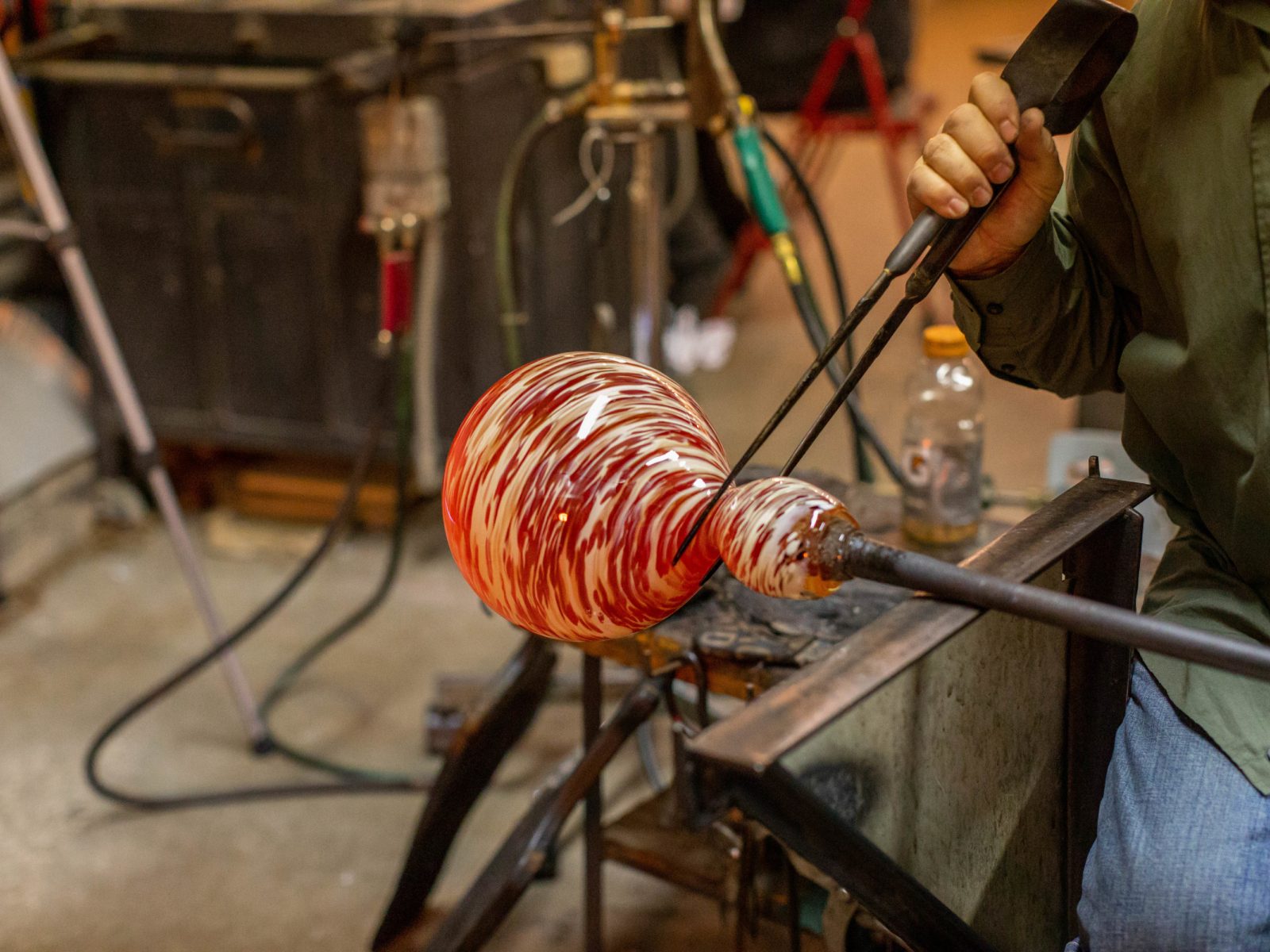

5. What makes a good glass sculpture? “Beauty is in the eye of the beholder. I firmly believe that there is a natural balance to art. I think if you design and create something, some people might say ‘It’s not right for me, but I think it’s beautiful.’ I think for an artist to rely on “oh it’s art” is a Trojan horse in the industry. To design something in its pure sense, it needs to be beautiful first, and then the concept should enhance it. Versus the other way around, where you design something conceptually meaningful but looks terrible.”

6. What kind of materials are involved in glass blowing and where do you source those materials? “There are a select few manufacturers here in the United State that produce raw glass blowing materials, we use Spruce Pine Batch. Glass in its raw form is sand. It’s a mixture of silica, sodium and calcium. You could theoretically take sand from a beach, melt it and blow glass with it, but the end product would be very dirty and contain impurities. To avoid this, glass blowers order their sand highly purified with a few different fluxes added in to help the mixture melt at a slightly lower temperature.”
7. What is your favorite item to make? “I love to make large scale installations and sculptural art. Some of my favorite pieces are the skeletal series or the large jelly fish currently in our gallery. I’m currently working on some bio-luminescent ocean creatures using uranium glass that will glow under black light.”
8. Where do you see Vetro Glassblowing in 10 years? “I hope to see Vetro on a global front. We have had amazing clients nation wide and have created sculptures as far away as Saudi Arabia. Our main goal this year is to integrate ourselves into hospitality design both nationally and internationally.”
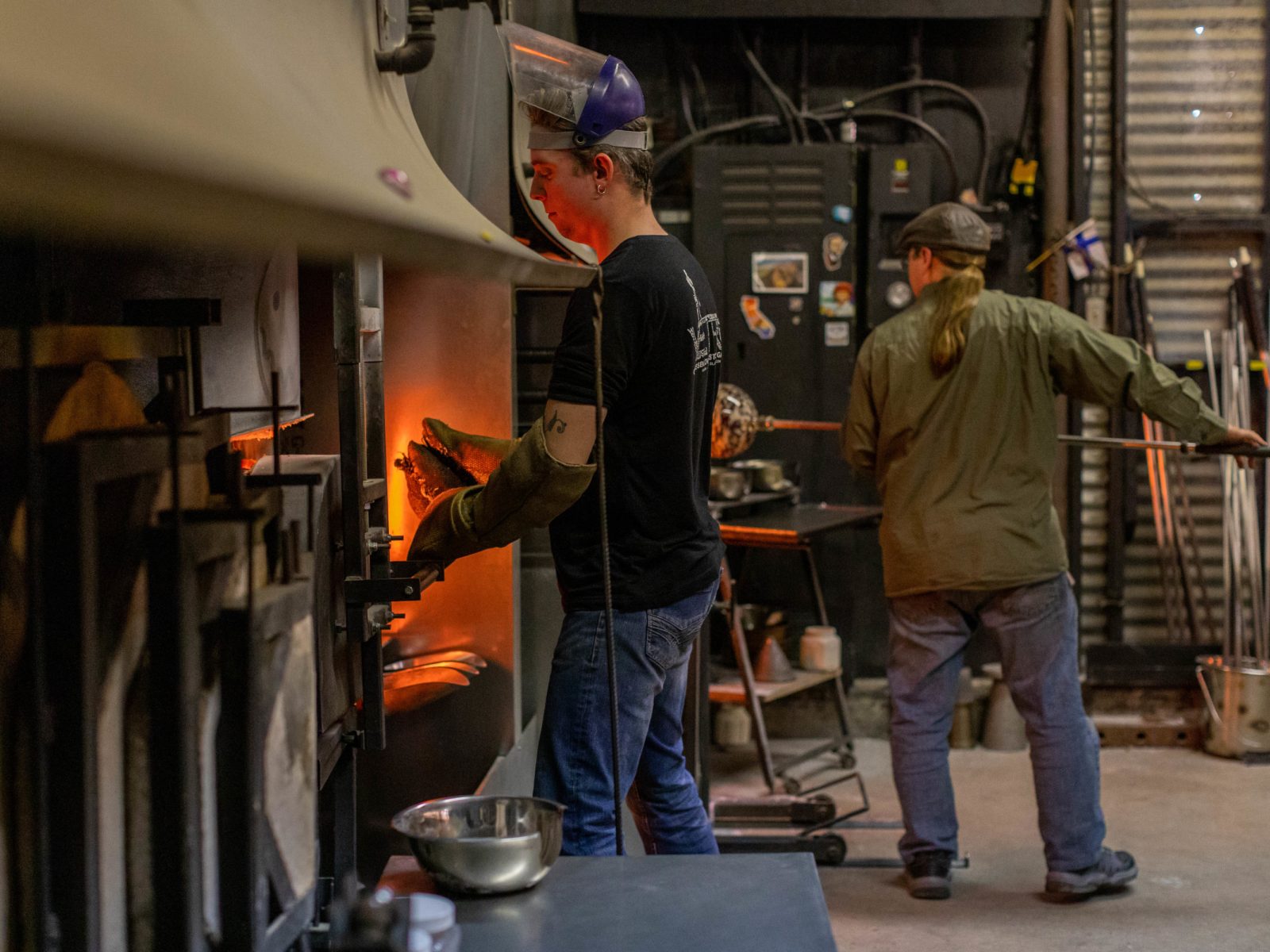



Photography by Rebecca Hauser.

